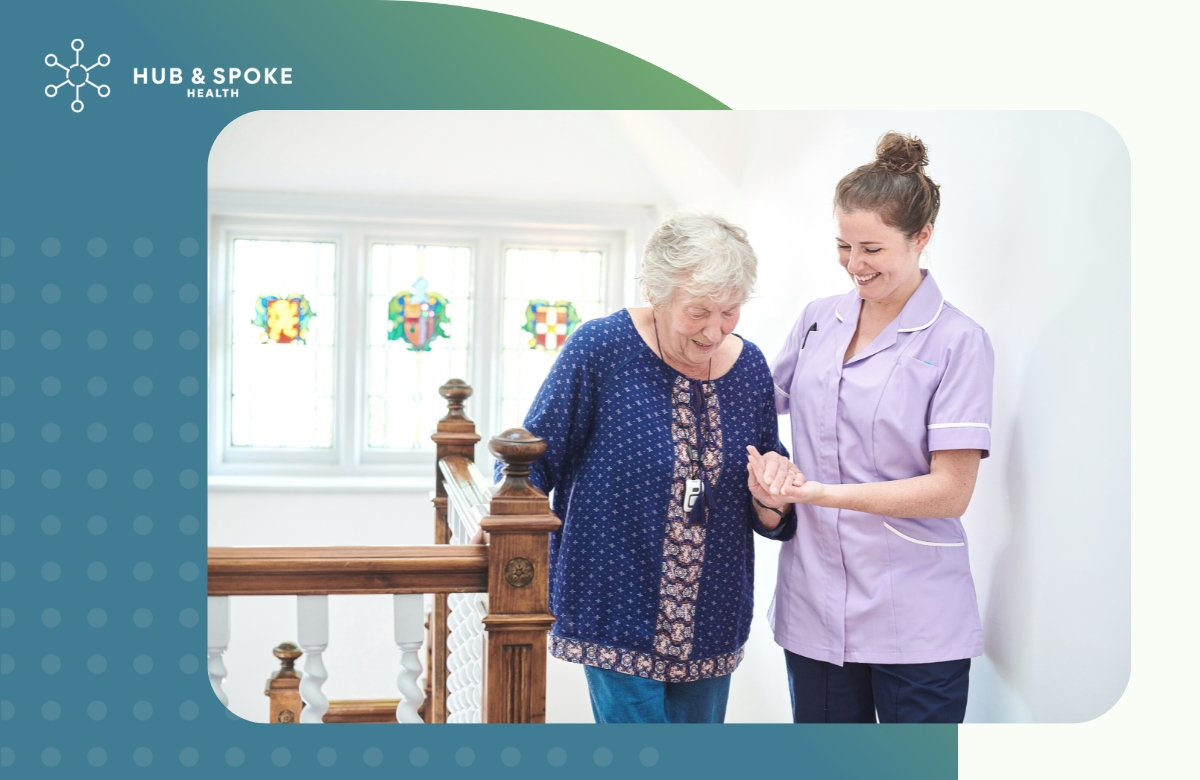The New Support at Home Program: What You Need to Know
At Hub and Spoke Health, we are committed to keeping our clients and their families informed about changes in the aged care sector.
One of the biggest upcoming changes is the introduction of the Support at Home Program, set to begin on 1 July 2025. This program will replace existing in-home aged care services, including Home Care Packages (HCP) and the Short-Term Restorative Care (STRC) Programme, with the Commonwealth Home Support Programme (CHSP) transitioning by July 2027.
Why the Change?
The goal of the Support at Home Program is to enhance support for older Australians, enabling them to live independently at home for as long as possible. This streamlined program will provide simpler access, improved service coordination, and fairer funding models.
Key Features of the Support at Home Program
1. New Assessment & Classification System
- A Single Assessment System will determine eligibility and funding levels.
- Participants will be classified into one of eight funding levels based on their needs.
- Short-term care pathways will include Restorative Care, End-of-Life Care, and Assistive Technology/Home Modifications (AT-HM).
2. Access to Services
- A single provider model will be used, meaning one provider manages all services for a participant.
- Participants can choose to self-manage certain services under provider oversight.
- Services are categorized into three groups:
- Clinical Supports (e.g., nursing, physiotherapy)
- Independence Support (e.g., mobility assistance, home modifications)
- Everyday Living Support (e.g., personal care, domestic assistance)
3. Funding and Budgeting
- Participants will receive a quarterly budget rather than an annual allocation.
- Up to $1,000 or 10% of unspent funds can be carried forward each quarter.
- Price caps on services will be introduced from July 2026.
4. Participant Contributions
- Clinical services (e.g., physiotherapy, nursing) will be fully government-funded.
- Independence and everyday living services will require co-contributions, based on income.
- A lifetime cap of $130,000 on individual contributions will apply.
5. Care Management
- All participants will have a care partner to assist with service coordination and planning.
- 10% of a participant’s budget will be allocated to care management.
6. Short-Term Support Programs
- Assistive Technology and Home Modifications (AT-HM) Scheme: Funding for equipment and home modifications.
- Restorative Care Pathway: Expanded from 8 weeks to 12 weeks, with more places available.
- End-of-Life Pathway: Provides up to $25,000 over 3 months for palliative care at home.
7. Provider Regulations
- Providers must register under a new model starting July 2025.
- Payments will be based on actual service delivery, with supplementary grants for thin markets.
Transition for Existing Home Care Recipients
The “No Worse Off” Principle ensures that current HCP recipients and those on the National Priority System will maintain equivalent funding levels. Additionally, existing means-tested contribution rates will be protected for current recipients.
Implementation Timeline
- July 2025: HCP and STRC transition to Support at Home.
- July 2026: Introduction of price caps.
- July 2027 or later: CHSP transitions into Support at Home.

What This Means for You
At Hub and Spoke Health, we understand that changes to aged care services can be overwhelming. Our team is here to help you navigate these changes, ensuring you or your loved ones receive the best possible care under the new Support at Home Program.
If you have any questions or need guidance on how these changes will affect you, feel free to reach out to us. We’re here to support you every step of the way!
For more information, visit our website or contact us today.
source https://hubandspoke.health/the-new-support-at-home-program-what-you-need-to-know/
Comments
Post a Comment